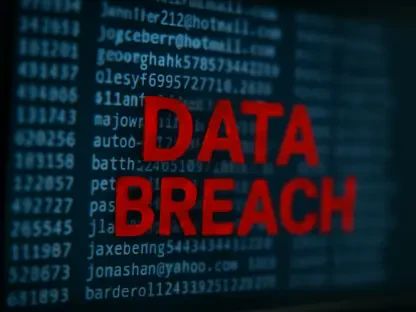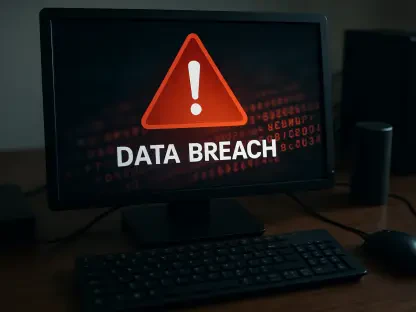Enterprises today face the profound realization that legacy systems like Active Directory (AD) remain prime targets for cyber attackers. Alarming revelations have surfaced, indicating a grave flaw in Windows Server 2025. This newly discovered vulnerability, labeled “BadSuccessor,” now threatens the sanctum of AD environments, pushing organizations to reconsider their security postures. Imagine a cyber world where attackers grasp control over sensitive credentials with ease. Such a scenario is not far-fetched, as “BadSuccessor” opens doors to potential exploitation greedily sought by malicious actors.
The Significance of the “BadSuccessor” Vulnerability
The importance of delving into “BadSuccessor” cannot be overstated. Its presence in Windows Server 2025 has ignited significant concern regarding its broader impact on organizations utilizing Active Directory. This flaw effectively allows attackers to elevate privileges, granting them access to user permissions within the domain. The implications raise profound concerns, especially considering AD’s long-standing presence as an essential component in corporate network infrastructure. The scenario underscores an enduring trend where cybersecurity challenges evolve alongside technological advancements, demanding constant vigilance and adaptation.
A Closer Look at “BadSuccessor”: The Exploitation Mechanism
“BadSuccessor” illuminates serious gaps in the default configurations within Windows Server 2025. This vulnerability is linked to the transition mechanism of dMSAs, where permissions are improperly managed. The flaw is embedded in the way permissions are transferred during service account migrations, enabling attackers to exploit benign permissions often overlooked in organizational units. This unintended consequence provides adversaries with an alarming avenue for privilege escalation, which could potentially compromise entire AD environments. The ease with which this flaw can be utilized amplifies its threat, marking it as a critical issue for enterprises to address.
Expert Insights on the Reality of AD Security
Voices from cybersecurity experts emphasize the significance of this flaw within AD frameworks. Notably, Yuval Gordon, the researcher behind the discovery, sheds light on the potential ramifications. He clarifies that the vulnerability emerges from improper permission management during dMSAs transitions, a misstep that could affect domains across the board. Opinions vary regarding the severity, with Microsoft’s moderate assessment prompting debate. However, most experts converge on the sentiment that immediate proactive measures are crucial for organizations to safeguard their domains effectively.
Proactive Steps for Securing Active Directory Environments
For organizations intending to counter the “BadSuccessor” threat, a series of proactive defense strategies are recommended. Initiating comprehensive audits focused on permissions and configurations is crucial. Monitoring the creation of dMSAs and associated permissions can prevent unauthorized changes. Implementation of strong security protocols, coupled with diligent auditing practices, fortifies networks against potential intrusions. Furthermore, deploying tools like the PowerShell script from Akamai can aid enterprises in identifying and restricting permissions crucial for maintaining a secured environment, highlighting the path toward reducing risk exposure and fortifying organizational defenses.
Toward a Secure Future: Navigating the Threat Landscape
Conclusively, the revelation of “BadSuccessor” serves as a reminder of the evolving challenges in cybersecurity. Organizations are embracing proactive steps in anticipation of potential threats, leading to safer environments. Patterns of vigilance, rigorous auditing, and robust security protocols emerged as the foundation for overcoming such vulnerabilities. While security patches and corporate strategies took shape, enterprises learned to prioritize permission management and to stay receptive to evolving threats, solidifying their defense preparedness against advancing cyber challenges.









